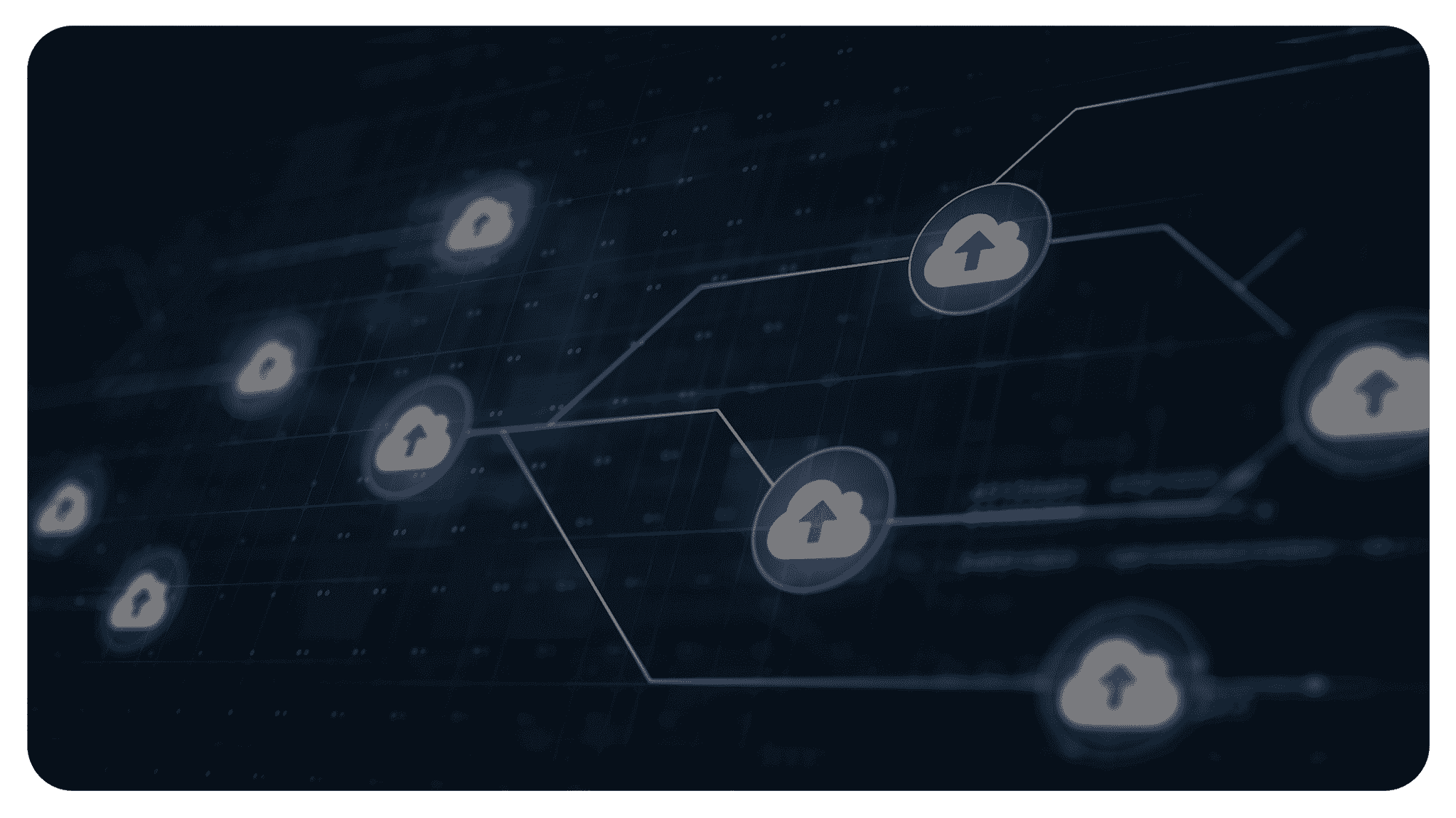
Accelerating Spatial & Non-Spatial Migrations with DataMapper: A Low-Code Approach to Complex Data Transitions
About the Client
Enterprises across telecom, utilities, and geospatial sectors facing the challenge of migrating large volumes of spatial and non-spatial data between legacy and modern systems. These organizations sought a scalable and reliable solution to maintain data accuracy while reducing the dependency on highly technical resources.
Business Need
Data migration projects often encounter bottlenecks due to heterogeneous system architectures, legacy formats, and complex spatial relationships. The clients required a robust yet user-friendly solution that could:
- Handle both spatial and non-spatial data types
- Preserve data integrity and complex relationships
- Minimize the reliance on manual coding
- Accelerate migration timelines without compromising quality
Solution
The organizations adopted DataMapper, a low-code/no-code data migration platform designed specifically for complex enterprise migrations. The solution encompassed:
- Comprehensive System Understanding: Automatically analyzed source and target architectures, formats, and structures.
- Objective Definition & Planning: Enabled teams to define migration goals, timelines, and integrity benchmarks.
- Data Relationship Mapping: Established mappings between fields, attributes, and relationships—especially critical in spatial datasets.
- Pluggable Data Transformation: Applied cleansing, standardization, and structural adjustments for compatibility with the target system.
- Pilot Migrations: Tested data subsets before full-scale rollout to proactively identify migration issues.
- Real-Time Monitoring & Exception Handling: Provided real-time visibility into migration status and logged exceptions for rapid resolution.
- Post-Migration Quality Reporting: Delivered insights into data accuracy, transformation success, and relational completeness.
- Spatial Network Integrity: Maintained utility and telecom network relationships such as connectivity and containment.
- Wide Spatial Database Support: Supported formats from Oracle Spatial, MSSQL, PostgreSQL/PostGIS, and more.
Tech Stack
- DataMapper Platform: A low-code/no-code environment designed to facilitate data migrations across spatial and non-spatial systems.
Business Impact
- Up to 40% Reduction in Migration Time
- 30–40% Lower Migration Costs
- 98%+ Data Accuracy Post-Migration
- 50% Less Dependency on Specialized IT Resources
Benefits
- Improved Data Integrity
Through structured mapping, cleansing, and validation routines. - Seamless Migration Across Systems
Designed to support a wide range of enterprise systems and spatial databases. - Low-Code/No-Code Simplicity
Made complex migrations accessible to business teams with minimal technical background. - Support for Both Spatial & Non-Spatial Data
Enabled end-to-end migration of diverse datasets within one platform. - Detailed Post-Migration Reporting
Enhanced transparency and compliance through audit-ready migration summaries. - Optimized Performance
Configurable settings allowed teams to fine-tune migration speed and efficiency. - Exception Logging and Recovery
Increased reliability through real-time error tracking and resolution capabilities. - Safe Pilots Before Go-Live
Reduced risk with partial migrations and validation before full execution.
Conclusion
With DataMapper, organizations transformed the way they approach data migration—moving away from resource-intensive, error-prone processes to a simplified, agile, and high-integrity solution. The platform empowered teams to execute complex data transitions with confidence, precision, and speed.
